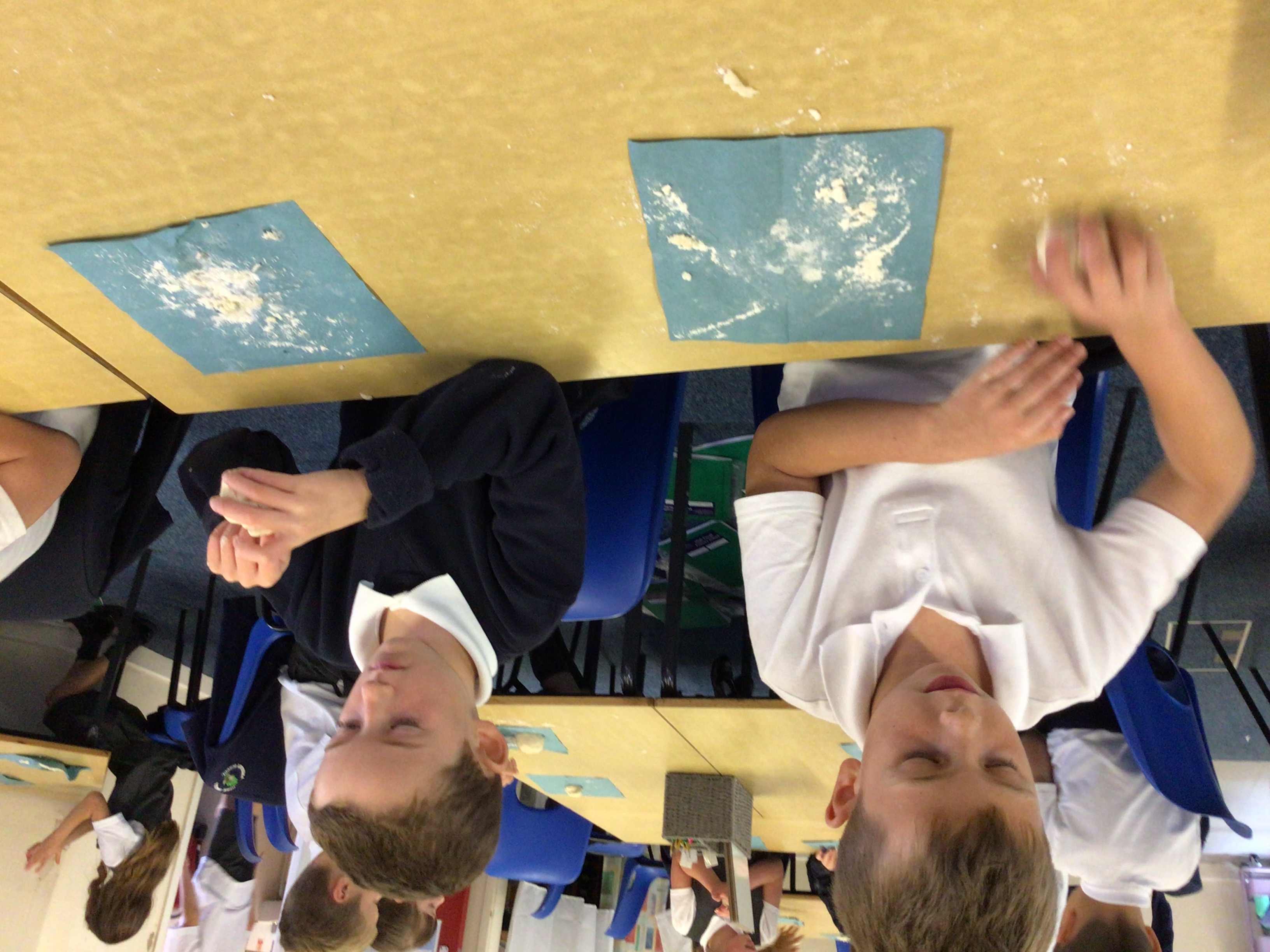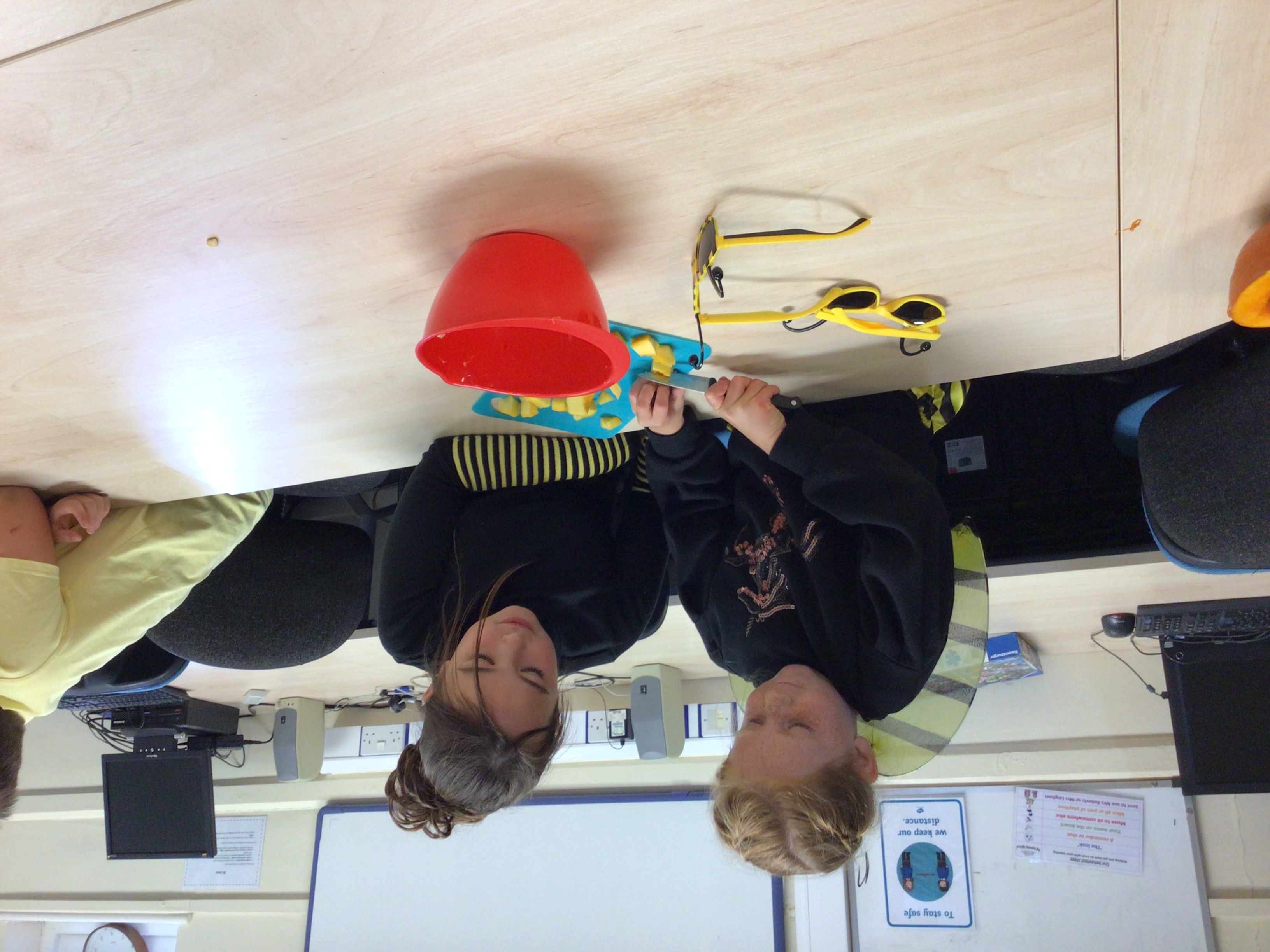Intent
What does Design and Technology look like at High Ercall?
Design and Technology to be taught in all year groups through at least one topic per term, which includes one relating to food. We encourage children to use their creativity and imagination to design and make products that solve real and relevant problems within a variety of contexts, considering their own and others’ needs, wants and values. We aim to, wherever possible, link work to other disciplines such as mathematics, science, computing and art. The children are also given opportunities to reflect upon and evaluate past and present design and technology, its uses and its effectiveness and are encouraged to become innovators and risk-takers.
Key objectives of intent within the Design and Technology Curriculum based on the National Curriculum 2014 guidance :
- Products are to be made for a purpose.
- Individuality should be ensured in children’s design and construction of products.
- Delivery of the two strands: Designing and Making and Cooking and Nutrition.
- More emphasis to be given to diversity, outdoor active learning and building resilience.
- Teaching the importance of making on-going changes and improvements during making stages.
- Looking into seasonality of ingredients and how they are grown, caught or reared.
- The introduction of computing and coding of products in KS2.
- Researching key events and individual designers in KS2.
Aims
The national curriculum for Design and Technology aims to ensure that all pupils:
- develop the creative, technical and practical expertise needed to perform everyday tasks confidently and to participate successfully in an increasingly technological world.
- build and apply a repertoire of knowledge, understanding and skills in order to design and make high-quality prototypes and products for a wide range of users
- critique, evaluate and test their ideas and products and the work of others
- understand and apply the principles of nutrition and learn how to cook.
What do we want children to be able to do by the end of Year 6?
We follow the National Curriculum expectations for Design and Technology and expect that our pupils will have met, or exceeded, the expected standards for Year 6 pupils. As the pupils progress through school we expect them to be able to use their bank of skills, knowledge and understanding in order to design and make a wide range of products and be able to test and evaluate what they have made. They should have acquired a deeper knowledge about the design and technology they see in world around them and to be able to apply this to their own ideas.
How will this support the children in lifelong learning?
We believe these skills will enable our pupils to:
- develop the creative, technical and practical expertise needed to perform everyday tasks confidently and to participate successfully in an increasingly technological world.
- build and apply a repertoire of knowledge, understanding and skills in order to design and make high-quality prototypes and products for a wide range of users and critique, evaluate and test their ideas and products and the work of others.
- understand and apply the principles of nutrition and learn how to cook. Children will design and make a range of products.
Children learn how to take risks, becoming resourceful, innovative, enterprising and capable citizens. Through the evaluation of past and present design and technology, they develop a critical understanding of its impact on daily life and the wider world. High-quality design and technology education helps children make an essential contribution to the creativity, culture, wealth and well-being of the nation.
Implementation
How is the curriculum for Design and Technology organised?
Design and Technology is mostly taught as part of a topic-based curriculum at High Ercall. We plan on a 2 yearly cycle for all classes. We plan as a whole staff and ensure that the progression of skills across the children’s school life is clear and measured. Design and Technology is taught through topic based starting points and linked to the children’s current skill levels.
How do we teach Design and technology?
The teaching of Design and Technology across the school follows the National Curriculum through the use of Design and Technology Association's 'Projects On A Page' documents. Children design products with a purpose in mind and an intended user of the products. Food technology is implemented across the school with children developing an understanding of where food comes from, the importance of a varied and healthy diet and how to prepare this.
Design and Technology also embeds our key drivers. It is an inspiring, rigorous and practical subject, requiring creativity, resourcefulness, and resilience. Pupils design and make products that solve real and relevant problems within a variety of contexts. It draws upon subject knowledge and skills within Mathematics, Science, History, Computing and Art. Planning ensures that there is a progression of skills across lessons and year groups. Mind maps are used at the start of a new topic to gauge children’s current understanding, and these are added to as the unit of work progresses. There is a balance of instruction and teaching, time for exploration, application of skills and evaluation, and problem solving across the progression of lessons.
Early Years Foundation Stage
During the EYFS pupils explore and use a variety of media and materials through a combination of child initiated and adult directed activities. They have opportunities to learn to:
- Use different media and materials to express their own ideas
- Use what they have learnt about media and materials in original ways, thinking about form, function and purpose
- Make plans and construct with a purpose in mind using a variety of resources
- Develop skills to use simple tools and techniques appropriately, effectively and safely
- Select appropriate resources for a product and adapt their work where necessary
- Cook and prepare food adhering to good health and hygiene routines
How do we support our SEND learners?
We believe that all learners should primarily access the first quality teach and class discussions during DT lessons. Therefore, SEND learners access the same learning as all other children but will be given further support, adapted outcomes and a tailored approach to suit each individual’s needs. Strategies used to support our SEND learners including
- Additionality in adult support for fine and gross motor skills and an adaptive approach to the use of tools
- Print outs of work/presentations to scaffold with written tasks such as the design and evaluation process
- More time allocated to process information or instructions broken down into manageable chunks.
This is monitored by our SENDCO - Sarah Roberts - and parents are fully engaged and involved.
Impact
How do we review learning in SUBJECT?
The impact of the curriculum offer and pupil progress is closely monitored by the Design and technology subject leader, senior management and governors. This is facilitated through discussion with the children and book scrutiny, which evaluates the pitch, coverage and progress over a given time. Through lesson observations, the pedagogy and quality of teaching and learning can be assessed. As part of the school’s monitoring cycle, governors are encouraged to talk to pupils about their learning. These are shared in full governors’ meetings and contribute to monitoring and planning.





